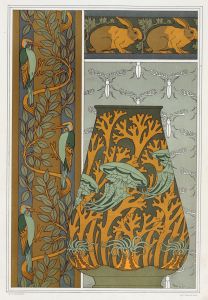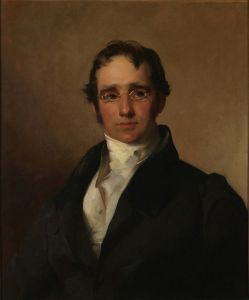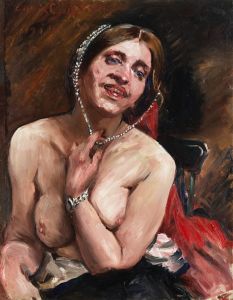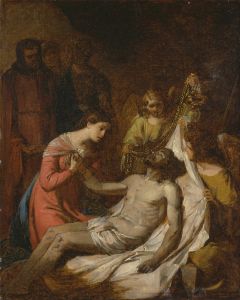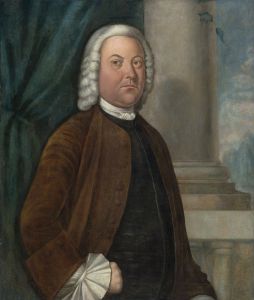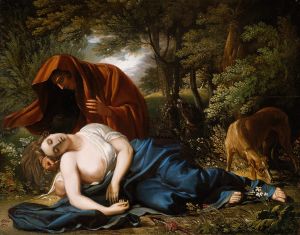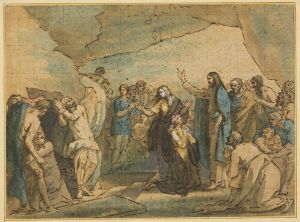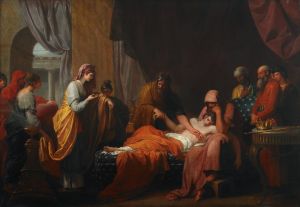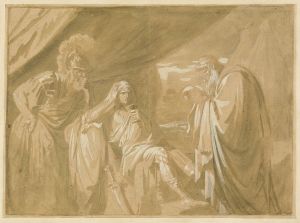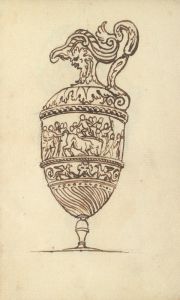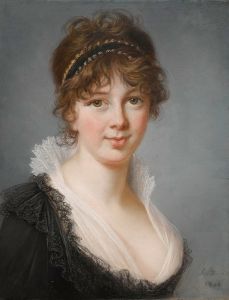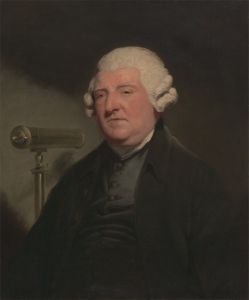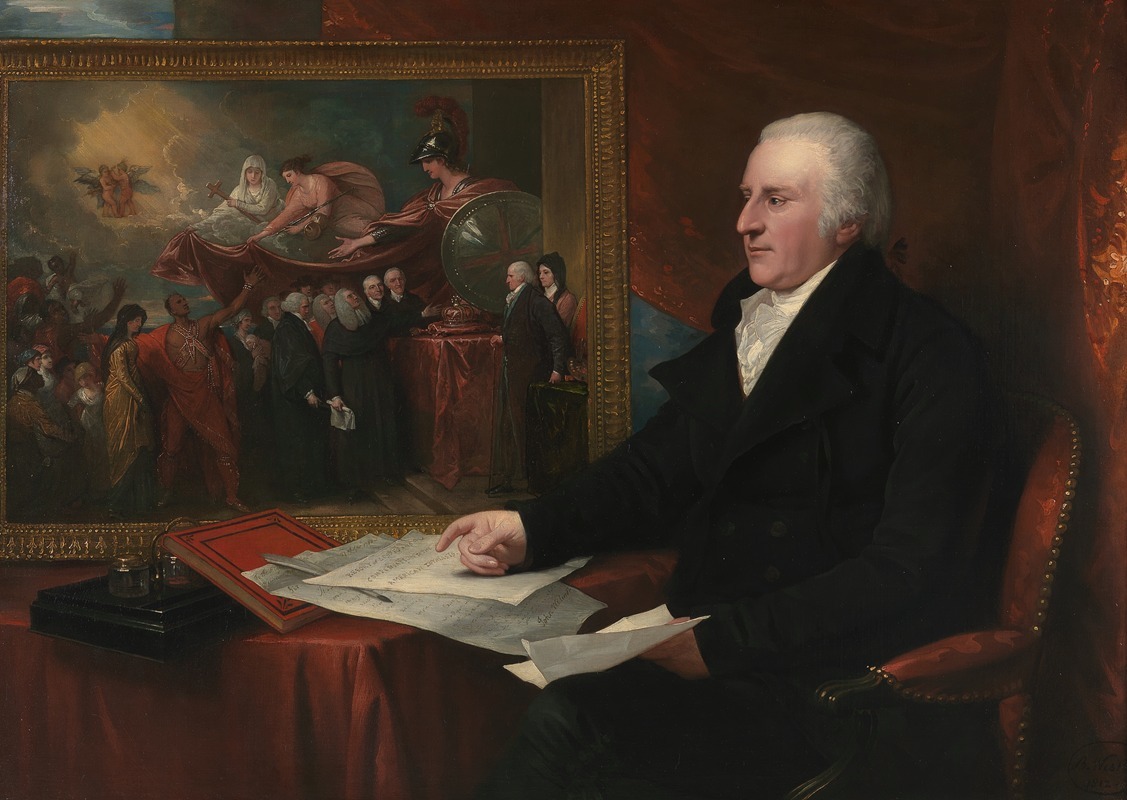
John Eardley Wilmot
A hand-painted replica of Benjamin West’s masterpiece John Eardley Wilmot, meticulously crafted by professional artists to capture the true essence of the original. Each piece is created with museum-quality canvas and rare mineral pigments, carefully painted by experienced artists with delicate brushstrokes and rich, layered colors to perfectly recreate the texture of the original artwork. Unlike machine-printed reproductions, this hand-painted version brings the painting to life, infused with the artist’s emotions and skill in every stroke. Whether for personal collection or home decoration, it instantly elevates the artistic atmosphere of any space.
"John Eardley Wilmot" is a portrait painting by the American artist Benjamin West, created in 1783. The painting depicts John Eardley Wilmot, an English judge and politician who served as the Chief Justice of the Common Pleas from 1766 to 1771. This work is a notable example of West's portraiture, showcasing his ability to capture the likeness and character of his subjects with great skill and sensitivity.
Benjamin West was born in 1738 in Springfield, Pennsylvania, and later moved to Europe, where he became a prominent figure in the art world. He was a founding member of the Royal Academy of Arts in London and served as its president from 1792 to 1805 and again from 1806 until his death in 1820. West is best known for his historical paintings, but he also produced a significant number of portraits throughout his career.
In the portrait of John Eardley Wilmot, West employs a traditional composition, with Wilmot seated and dressed in the formal attire of his office. The judge is depicted wearing a wig and judicial robes, which were customary for his position. His expression is calm and composed, reflecting his esteemed status and the dignity of his profession. The background is simple and unobtrusive, ensuring that the focus remains on the subject.
John Eardley Wilmot was born in 1709 and had a distinguished career in law and politics. He was educated at Westminster School and Trinity Hall, Cambridge, before being called to the bar at the Inner Temple in 1732. Wilmot quickly gained a reputation for his legal acumen and was appointed a King's Counsel in 1755. He served as a judge of the Court of Common Pleas from 1757 until his appointment as Chief Justice in 1766. Wilmot retired from the bench in 1771 but continued to be involved in public affairs until his death in 1792.
The portrait of Wilmot by Benjamin West is housed in the National Portrait Gallery in London. It is part of the gallery's extensive collection of portraits of notable figures in British history. The painting is valued not only for its artistic merit but also for its historical significance, providing a visual record of an important figure in the legal history of England.
West's portrayal of Wilmot is characterized by its attention to detail and the subtle rendering of textures, such as the fabric of the robes and the intricate curls of the wig. The artist's skillful use of light and shadow adds depth and dimension to the figure, enhancing the lifelike quality of the portrait.
Overall, "John Eardley Wilmot" by Benjamin West is a fine example of 18th-century portraiture, capturing both the appearance and the essence of its subject. It stands as a testament to West's talent as a portraitist and his ability to convey the stature and personality of the individuals he painted.





